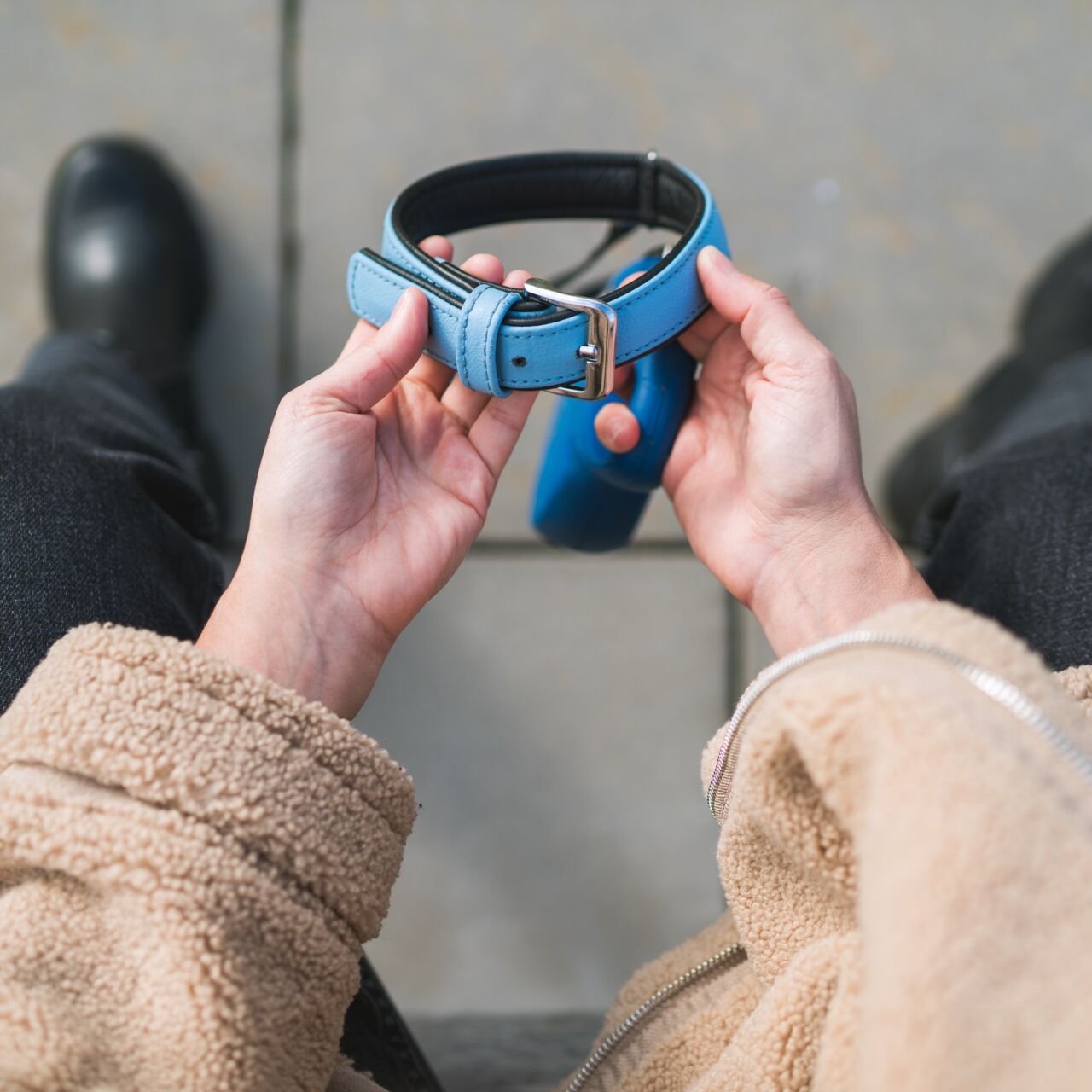
Response
Skill-building
Big feelings can lead to big behaviors.
Loss of any kind usually involves big feelings. When it comes to learning how to manage our own emotions as well as how to respond to other people’s expression of emotion, learning to respond instead of react can make a big difference in an interaction.
- Your reaction is your immediate, instinctive, emotional response to a situation.
- Your response is the thoughtful, deliberate way you choose to reply to a situation.
Responses Heal
There can be a world of difference in how we might react and respond to the exact same situation. In a nutshell, reactions hurt; responses heal.
Let’s look at an example:

Your friend had to put their dog down two days ago. You are seeing them for the first time since they experienced this loss and it’s obvious they are feeling big emotions. You gently ask them how they’re doing and they snap back in an aggressive tone, “My dog just died, how do you think I’m doing?”
Your reaction might be hurt, anger, and defensiveness. Your instinct might be to snap right back, “Geez, I was only asking.”
Your response might be to take a breath, notice your emotions, and choose to say instead, “I know this is hard for you. I can see you’re hurting and I’m on your side.”
How to Respond
The Four P's
There’s a mental tool that can help you move from a reaction to a response called The Four P’s:
- Pause
Take a deep breath or two and be present with yourself. - Process
Notice and label the emotions you’re feeling. Notice what’s happening in your body. - Plan
Decide how you want to move forward. - Proceed
Take action.

Activate Other Skills
You'll notice the ability to respond rather than react draws upon some of the other foundational skills on this site. It requires you to be aware of your own experience, ground yourself and regulate your emotions, and engage the other person with humility and curiosity.
Sharing What You Know
You can help the kids and teens in your life develop the ability to respond by observing your own behavior and addressing it when you notice yourself reacting rather than responding. Use it as a teachable moment to explain the difference. Share what was going on for you in the moment and how you might have behaved differently if you had taken the time to respond rather than react.
Responding Resources

Adverse Childhood Experiences
Description: Adverse childhood experiences (ACEs) can have a tremendous impact on future violence victimization and perpetration, and lifelong health and opportunity. CDC works to understand ACEs and prevent them.
Source: CDC
How to Reduce Stigma
Description: Guidance on how to address stigmatizing questions and comments related to COVID 19 deaths.
Source: Eluna Network

Supporting a Friend Who is Grieving Poster
Description: Poster for 6th-12th grade students. Provides four ways a student could help a peer who is grieving and four things that might hurt. | Distributed by NACG.
Source: NACG

Understanding & Supporting Grieving Youth: A Scientist-Practitioner Approach
Description: This workshop addresses the need for tailored grief support strategies for children, particularly in the context of the COVID-19 pandemic, emphasizing the importance of understanding individual needs and utilizing evidence-based practices to address challenges in grief processing.
Source: Meadows Mental Health Policy Institute

What to Say
Description: Helpful words and brief videos about words that are welcome and support grievers.
Source: WPSU, Speaking Grief
